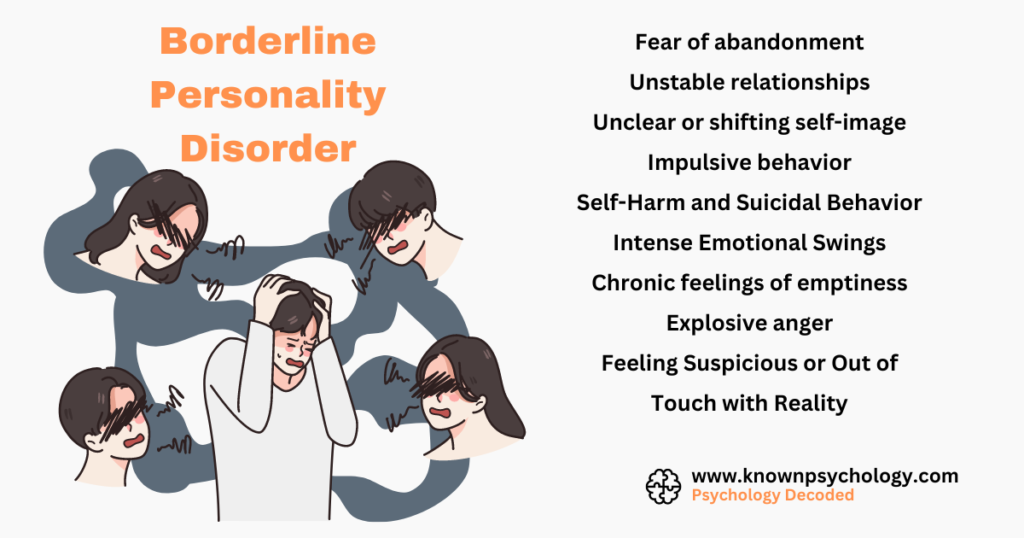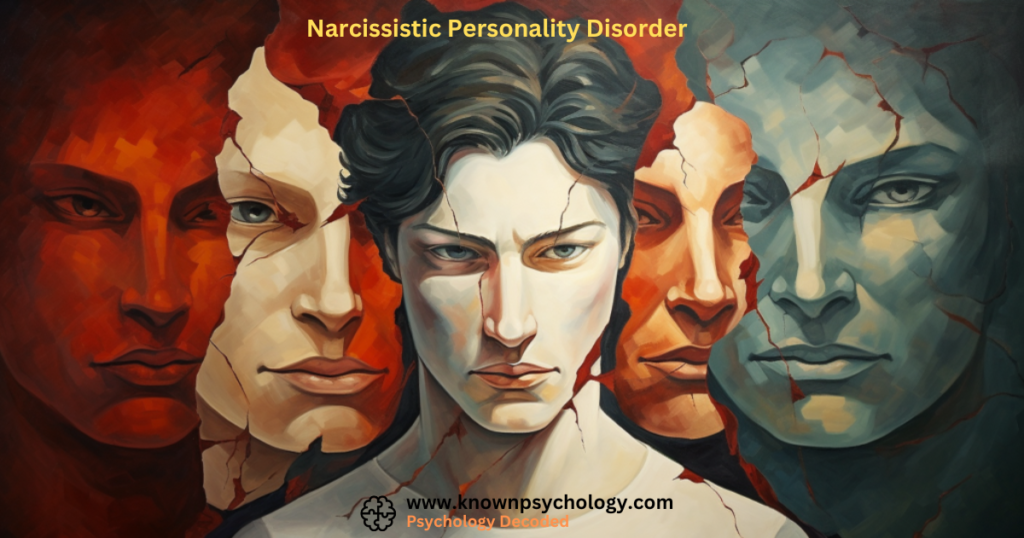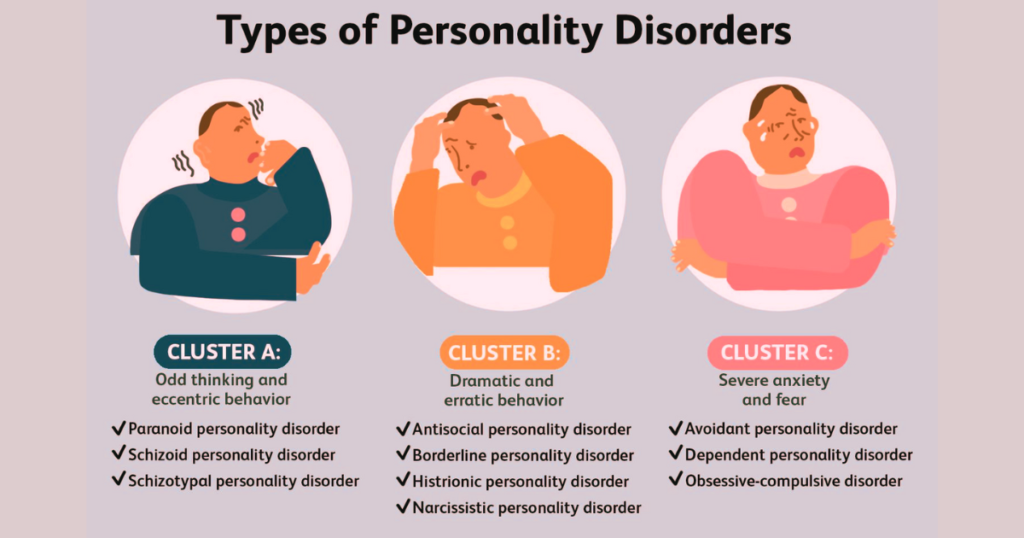Borderline Personality Disorder (BPD) stands as one of the most complex and misunderstood mental health conditions or personality disorder, affecting an estimated 1.6% of the adult population in the United States alone. Characterized by intense emotional instability, impulsive behaviors, and a pattern of unstable relationships, BPD challenges not just those who live with it but also those who seek to support them. This comprehensive guide aims to unravel the complexities of BPD, offering insights into its symptoms, causes, and treatment options, while also shedding light on the lived experiences of those affected.
Understanding Borderline Personality Disorder
What is Borderline Personality Disorder?
Borderline Personality Disorder (BPD) is a mental health disorder that impacts the way individuals think and feel about themselves and others, causing problems in everyday life. It is marked by a pervasive pattern of instability in interpersonal relationships, self-image, and emotions, as well as marked impulsivity. Individuals with BPD may experience intense episodes of anger, depression, and anxiety that may last from a few hours to days.

Symptoms and Diagnosis
The diagnosis of BPD is complex and requires a thorough assessment by a mental health professional. Symptoms may include:
- Fear of Abandonment: Panic, fear, and efforts to avoid real or imagined abandonment by friends and family.
- Unstable Relationships: Alternating between extreme idealization and devaluation (also known as “splitting”).
- Unclear or Shifting Self-Image: A shifting sense of self-identity and self-image, often leading to sudden changes in values, career goals, types of friends, or sexual identity.
- Impulsive Behaviors: Engaging in impulsive and often self-damaging behaviors, such as substance abuse, binge eating, reckless driving, or overspending.
- Self-Harm and Suicidal Behavior: Suicidal threats, gestures, or behavior, and self-harming acts, such as cutting.
- Intense Emotional Swings: Rapid and intense mood swings, with periods of intense happiness, irritability, or anxiety.
- Chronic Feelings of Emptiness: Frequent feelings of emptiness and boredom.
- Explosive Anger: Inappropriate, intense, or uncontrollable anger.
- Feeling Suspicious or Out of Touch with Reality: Paranoia or dissociative feelings, feeling spaced out or out of touch with reality.
Causes and Risk Factors
The exact cause of BPD is not known, but it is believed to be a combination of genetic, environmental, and social factors. These may include:
- Genetic Predisposition: Family history of BPD or other mental health disorders.
- Brain Structure and Function: Changes in certain areas of the brain that regulate emotions and decision-making.
- Environmental, Cultural, and Social Factors: Experiencing traumatic life events, such as abuse, neglect, or abandonment during childhood.
Treatment and Management
Psychotherapy
Psychotherapy, or “talk therapy,” is the cornerstone of treatment for Borderline Personality Disorder. Several types have been found effective, including:
- Dialectical Behavior Therapy (DBT): Focuses on teaching coping skills to combat destructive behaviors.
- Cognitive Behavioral Therapy (CBT): Helps identify and change problematic beliefs and behaviors.
- Schema-Focused Therapy: Combines elements of CBT with other forms of psychotherapy to change how you view yourself.
- Mentalization-Based Therapy (MBT): Improves the ability to recognize and understand others’ mental states and one’s own.
Medication
While no medication specifically treats BPD, some medications can help with symptoms or co-occurring problems, such as mood swings, depression, or anxiety.
Support and Self-Care
Beyond professional treatment, support from family and friends, along with self-care practices such as regular exercise, adequate sleep, and stress management techniques, are crucial in managing BPD.
Living with Borderline Personality Disorder
Living with BPD can be challenging, but with the right treatment and support, individuals can lead fulfilling lives. It’s essential for society to foster a better understanding of BPD, dispelling myths and reducing stigma, to support those affected in their journey towards recovery and wellness.
Conclusion
Borderline Personality Disorder is a complex condition that requires a nuanced approach to diagnosis, treatment, and support. By deepening our understanding and compassion for those affected, we can create a more inclusive and supportive environment for everyone touched by this disorder. As we continue to advance in our knowledge and treatment options, there is hope for those living with BPD to navigate their condition successfully and lead rich, meaningful lives.
Mariam holds an MS in Sociology with a specialization in Medical Sociology and Social Psychology. With a strong academic background and extensive research work in both fields, she brings depth and clarity to complex topics. Her writing explores the intersection of society, health, and the human mind, making academic ideas easy to grasp and relevant to everyday life.


